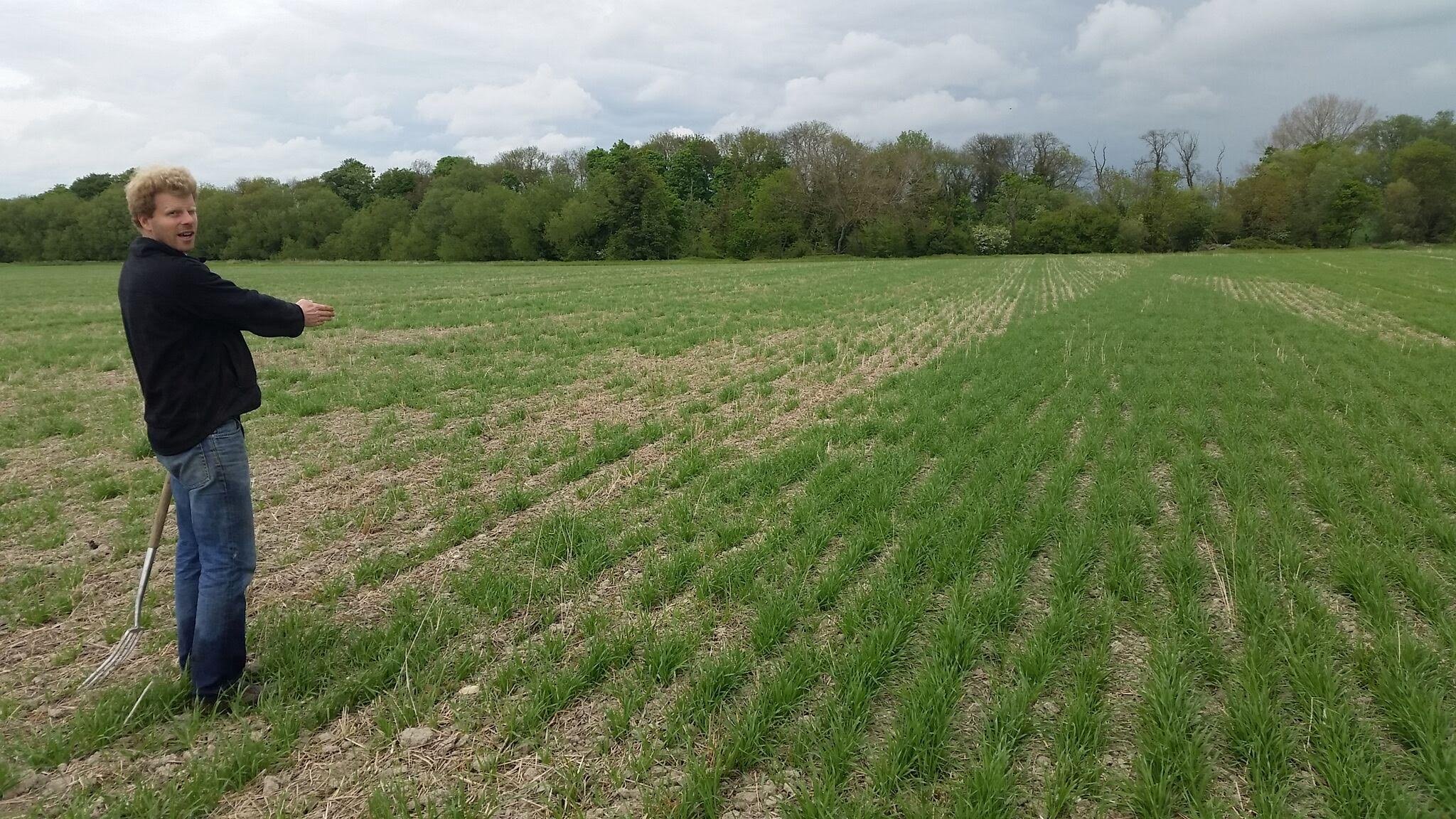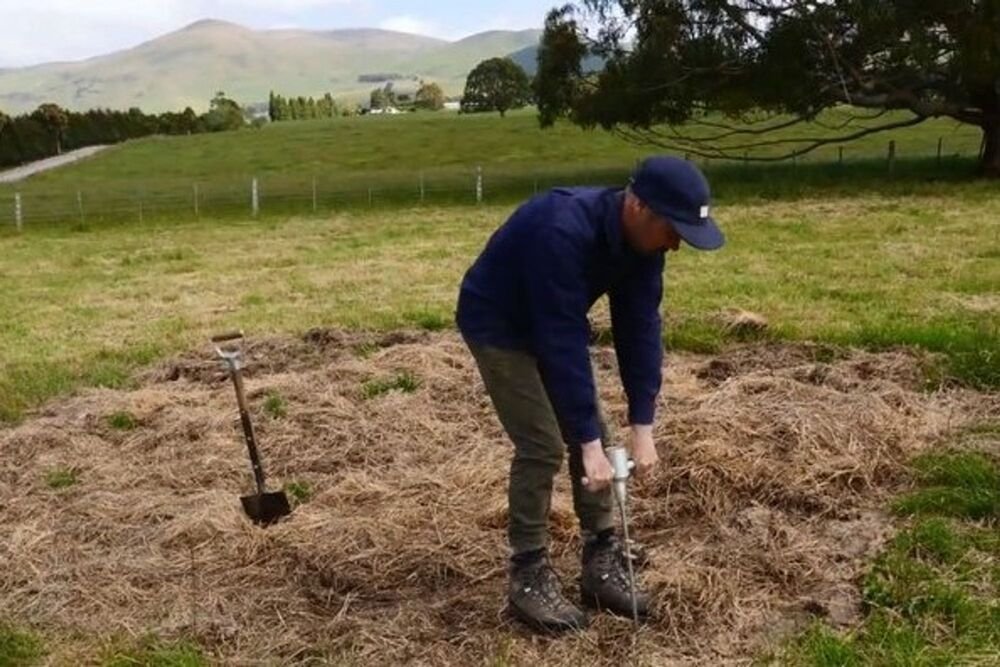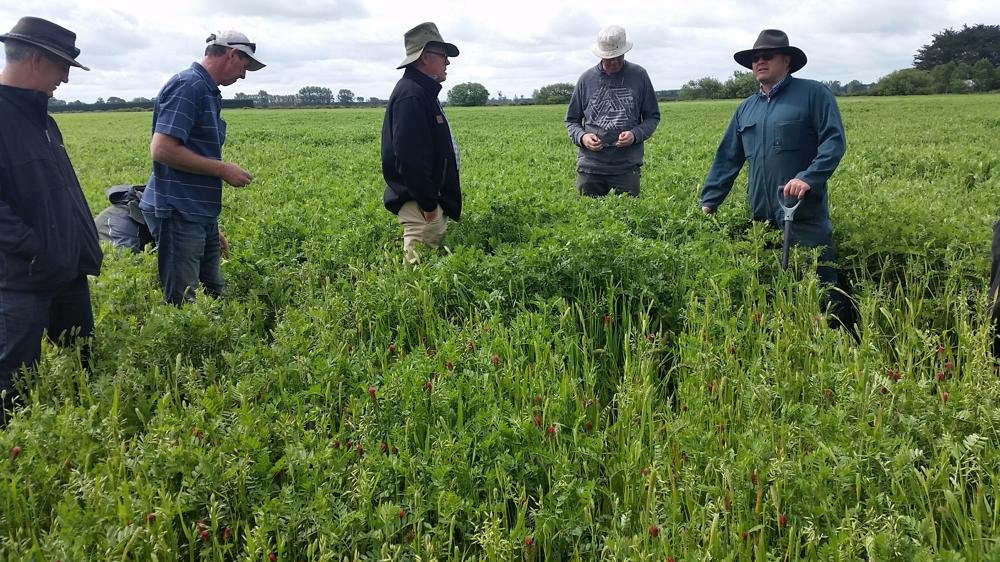Setting up ‘safe-to-fail’ on-farm trials
Integrating ‘safe-to-fail’ trials / experiments is a powerful way to support successful farm system transitions.
‘Safe-to-fail’ means scaling trials to fit our appetite for risk - from a few square metres to half the farm! Trials can be simple or complicated, replicated or stand-alone, short or long term etc.
Factors to consider before starting on-farm trials
Concerns and questions that might arise when thinking about trying something new could be;
How much will it cost?
What if it goes wrong?
Wow will I know if it worked?
We have designed a simple template below to help you think everything through.




Download the safe-to-fail trials template
Image of safe-to-fail trials template
“Integrating ‘safe-to-fail’ trials/experiments is a powerful way to support successful farm system transitions.”
Examples of on-farm trials
Webinar: Innovative UK farmer Tim Parton shares the trials and experiments that have informed the development of his current farm system
Case study video of the Holdaway family’s trials with cover crops and biocontrols on the Marlborough vineyard (see full case study)
Things to think about when carrying out a ‘safe-to-fail’ trial
Do it once, do it right (or not at all)”
Identify people to both hold you accountable and share your results with
(Note: Click on any underlined in blue word(s) in the text below to open a definition of that term).
Disclaimer: The information, opinions and ideas presented in this content is for information purposes only and does not constitute professional advice. Any reliance on the content provided is done at your own risk. (click here to view full disclaimer).
Toolbox index
-
Getting started with a regenerative approach to farming
-
Knowing where to start
-
About regenerative agriculture
-
-
Getting to know soil health
-
Soil health
-
Biological nutrient cycling
-
-
Managing your water cycle
-
Farmer experience
-
Exploring diverse crops / pastures
-
What are diverse crops or pastures (and how do I use them?)
-
Selecting, establishing and managing diverse crops and pastures
-
Farmer experience
-
-
Regenerative grazing management

